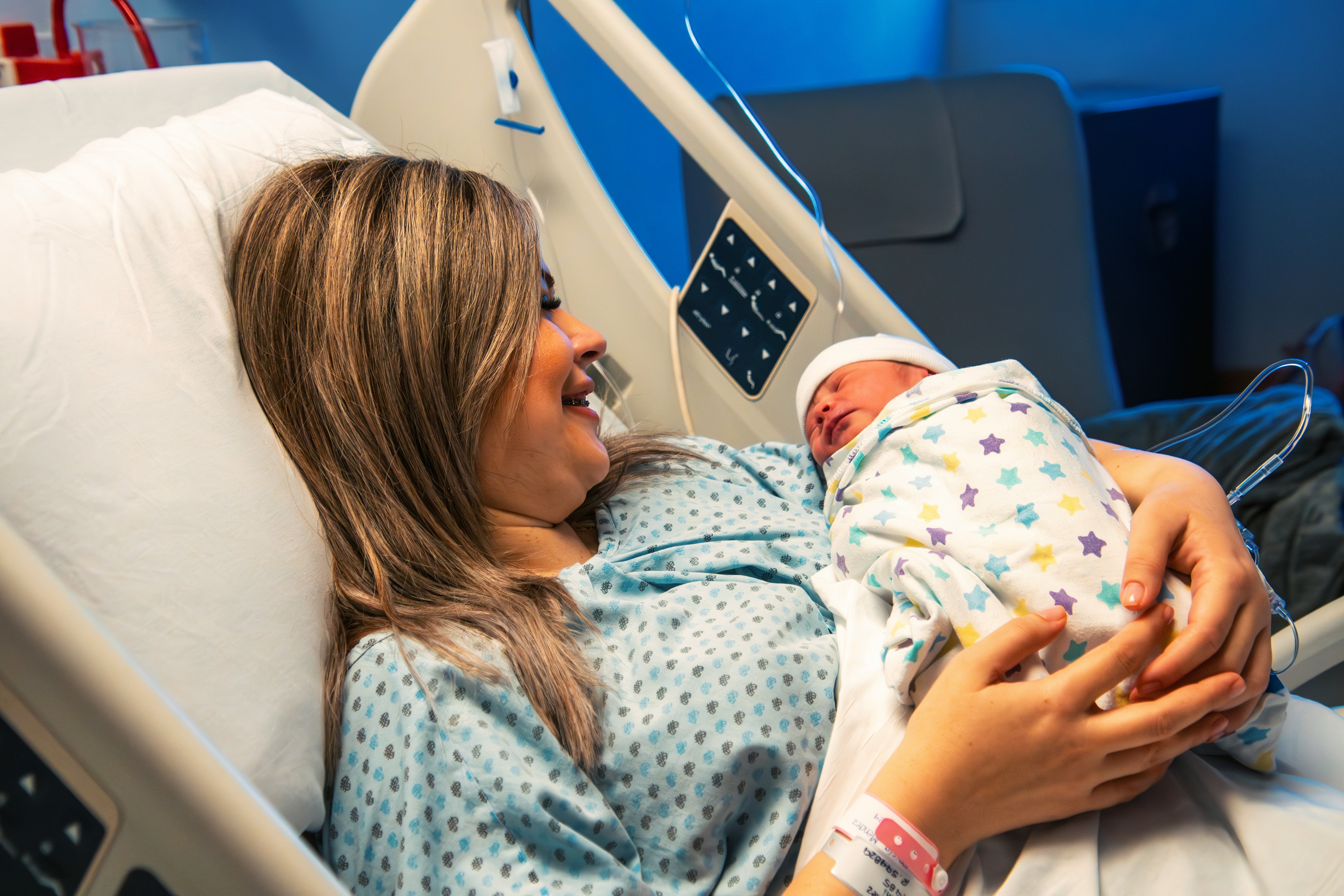Media release
From:
Antibiotics linked to lower risk of complications after obstetric tear
Trial identifies possible benefits for some women, which must be balanced against potential harms from antibiotics
Giving antibiotics to women within 24 hours of an obstetric tear during childbirth is associated with a reduced risk of larger/clinically relevant wound complications, find the results of a clinical trial from Denmark published by The BMJ today.
The researchers say this finding supports the use of preventive (prophylactic) antibiotics after a second degree tear or episiotomy, which affects millions of women each year across the globe.
But more research is needed to determine which patients are most at risk of "clinically relevant" wound infections and will therefore benefit the most.
Prophylactic antibiotics are recommended after instrumental deliveries (eg, when vacuum or forceps are used) as evidence suggests they may reduce infection, but little is known about their effect in patients with obstetric tears after any type of vaginal delivery.
To address this, the researchers identified 442 women aged 18 or over with episiotomies or second degree tears after a vaginal delivery at a Copenhagen hospital between March and December 2023.
Participants were randomly assigned to receive either three doses of oral antibiotics (treatment group) or placebo (control group) starting within six hours of delivery (postpartum) and repeated at eight hour intervals. They were assessed four to 14 days later.
Outcome measures were wound complications, including separation of a surgically closed wound (dehiscence) and infection, and clinically relevant wound complications, defined as those requiring further clinical care.
The researchers found no significant difference in overall wound complications between the two groups (22% for antibiotics vs 29% for placebo).
However, clinically relevant wound complications were significantly reduced (9% for antibiotics vs 17% for placebo) and this protective effect was also significant in patients at low risk of wound complications.
The researchers estimate that for every 12 women given antibiotics, one clinically relevant wound complication would be prevented. The treatment group also received fewer additional antibiotics and reported better wellbeing. No serious adverse reactions occurred.
The authors acknowledge some trial limitations and point out that the findings may not apply to other settings or populations, but they say key strengths include a low drop-out rate and short timeframe, reducing the risk of change in clinical practice.
As such, they conclude: “Although no significant effect was seen for overall wound complications, prophylactic antibiotics significantly reduced the risk of clinically relevant wound complications in women with episiotomies and second degree tears.”
“This finding supports the use of prophylactic antibiotics in routine clinical practice after a second degree tear or episiotomy.”



 International
International



